Researchers Discover Ancient Settlements Hidden Deep Within the Amazon Rainforest
Researchers have made a groundbreaking discovery, unveiling the existence of several ancient settlements concealed beneath the dense canopies of the Amazon rainforest. This awe-inspiring revelation was made possible through the use of advanced laser technology.
The lasers, acting as a window into the past, revealed a complex network of structures, many of which are thousands of years old. These findings promise to provide invaluable insights into the origins of this enigmatic civilization.
The Amazon Jungle
The Amazon is a vast tropical rainforest that covers many South American nations, including Brazil, Colombia, Peru, Ecuador, and Bolivia.
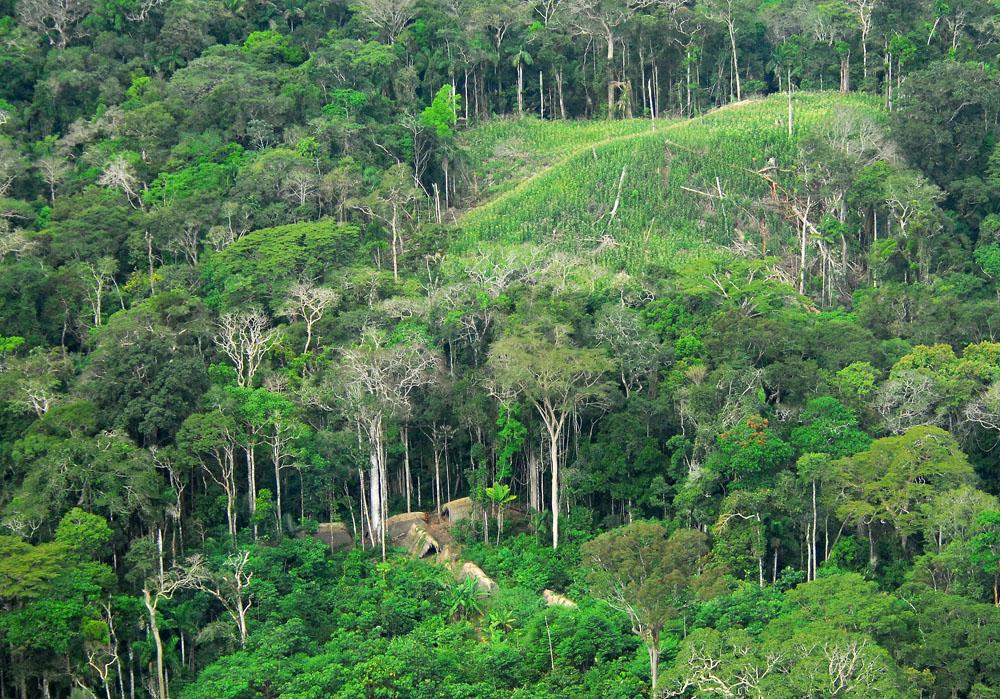
Source: Wikimedia
The Amazon covers an estimated 2.3 million square miles, making it the largest tropical rainforest on Earth. It’s home to a wide array of plants and animals, many of which aren’t found anywhere else on the planet.
Cultures of the Amazon
For thousands of years, the Amazon has been home to an unprecedented number of native tribes, providing these groups with sustenance.

Source: Wikimedia
For decades, researchers have been attempting to study the ancient cultures that lived throughout the jungle; however, this has proven highly challenging. Excavations in jungles are particularly taxing, and it can be difficult to locate sites of interest amongst the thick trees and shrubs.
The Upano Valley
One site that has garnered considerable interest over the past twenty years is located in the Upano Valley, nestled along a stretch of the Andes in Ecuador.

Source: Wikimedia
While some headway was made in investigating various parts of the Valley, it wasn’t until researchers implemented the use of lidar that they could truly grasp how extensive this civilization was.
What is Lidar?
Lidar is an acronym for light detection and ranging, a noninvasive archaeological technique that allows researchers to scan vast parts of the landscape using airborne lasers.

Source: Wikimedia
Thousands of infrared laser pulses are bounced off the landscape, allowing researchers to see what’s beneath thick vegetation and dense forests. Once complete, the researchers shared their findings in the journal Science.
Researchers Employ the Use of Lidar at the Upano Site
Regarding the use of lidar, Stéphen Rostain, an archaeologist and director of research at the French National Center for Scientific Research (CNRS), explained, “I have explored the site many times, but lidar gave me another view of the land.”
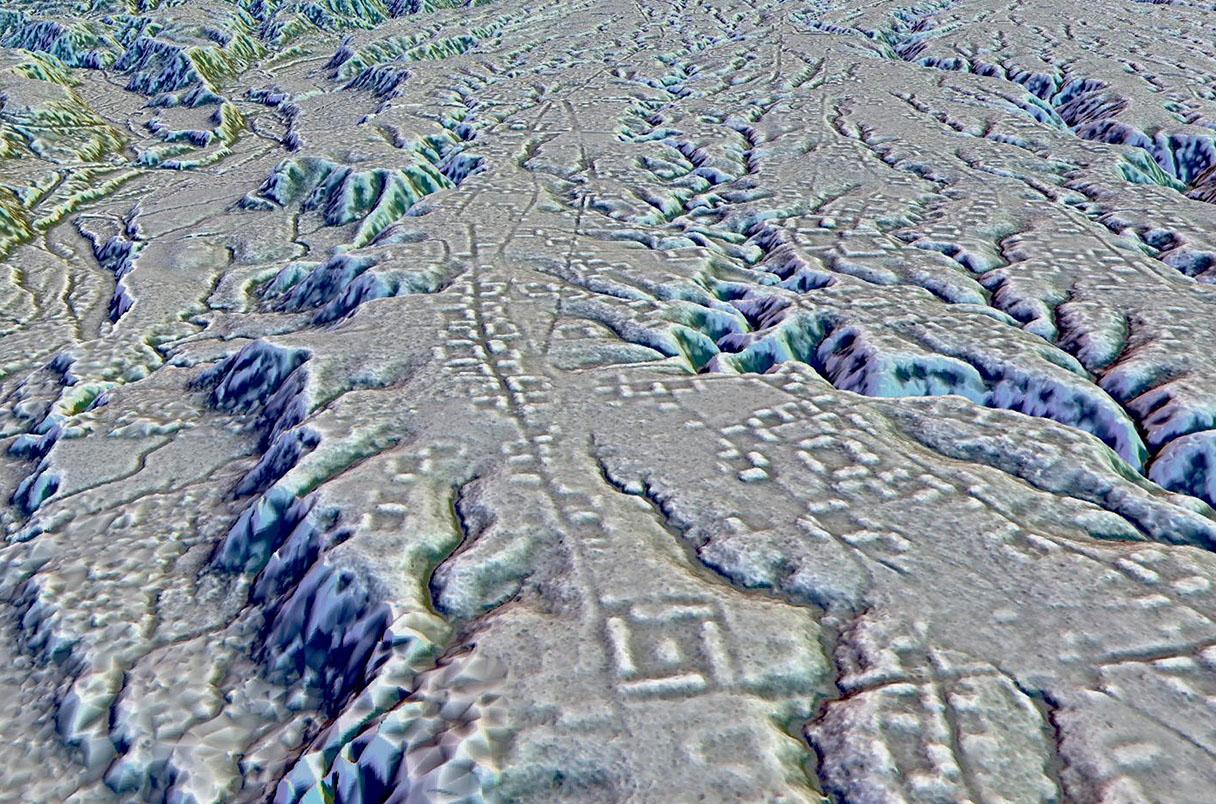
Source: Wikimedia
Rostain, the study’s lead author, continued, “On foot, you have trees in the way, and it’s difficult to see what’s actually hidden there.”
Pre-Hispanic Kilamope and Upano Cultures
Prior to using lidar, researchers excavated one section of the Upano site, which covers an estimated 230 square miles in total. According to the study, it was likely inhabited from at least 500 CBE until around 300 CE.

Following this, the archaeologists requested funding to scan half of the enormous site using lidar. According to their study, the region’s earliest inhabitants were the pre-Hispanic Kilamope and Upano cultures.
Vast Road Networks and Plaza Structures
Researchers were shocked by the results of the lidar scan, which depicted over 6,000 earthen platforms, large plaza structures, and circular mounds interconnected by an extensive network of roads.
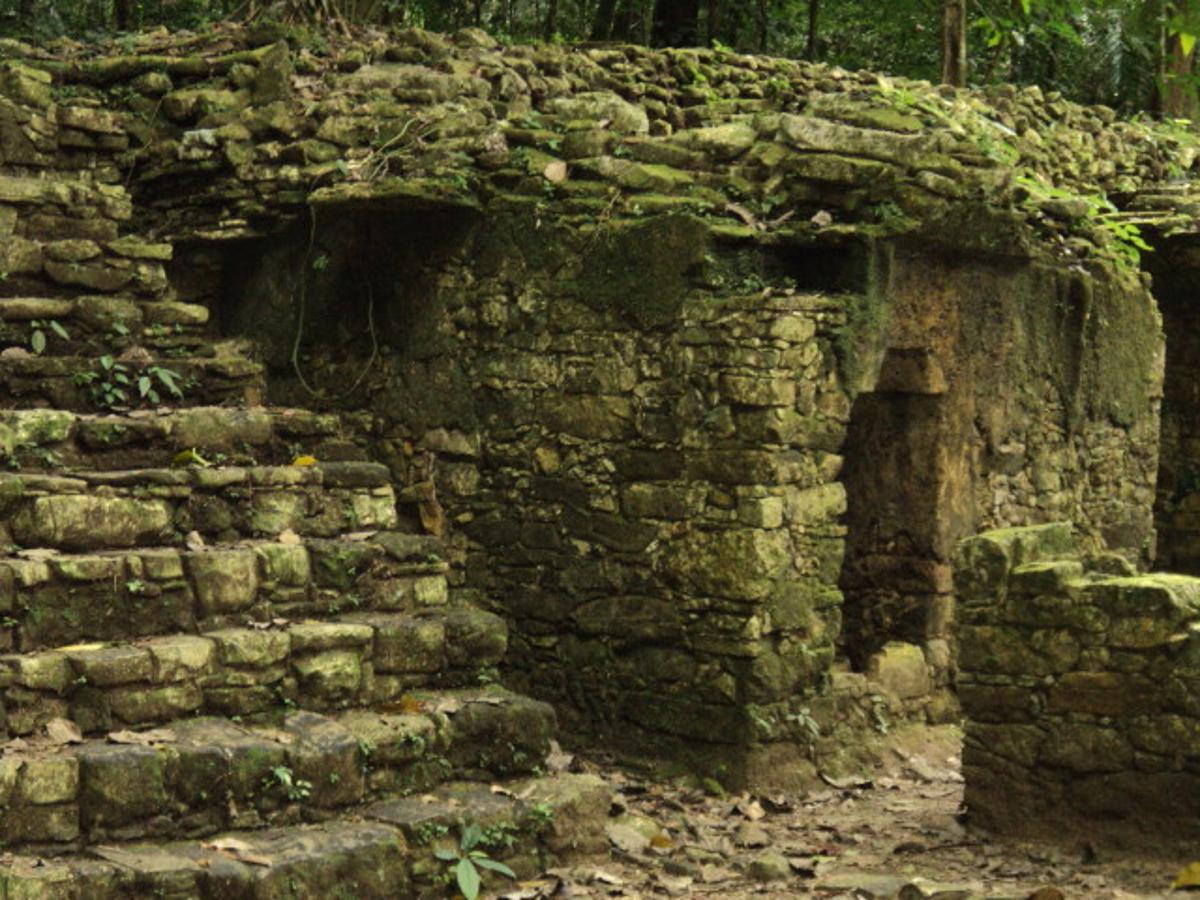
Source: Wikimedia
“The streets not only crisscrossed throughout the site but also led outside of the site,” Rostain said. “These roadways all functioned together and were used to connect the community.”
500 Foot Mounds in the Amazon
After meticulously analyzing the lidar scan results, the researchers also noticed groupings of over a dozen “distinct” settlements. These ranged in size, with some having more structures than others.
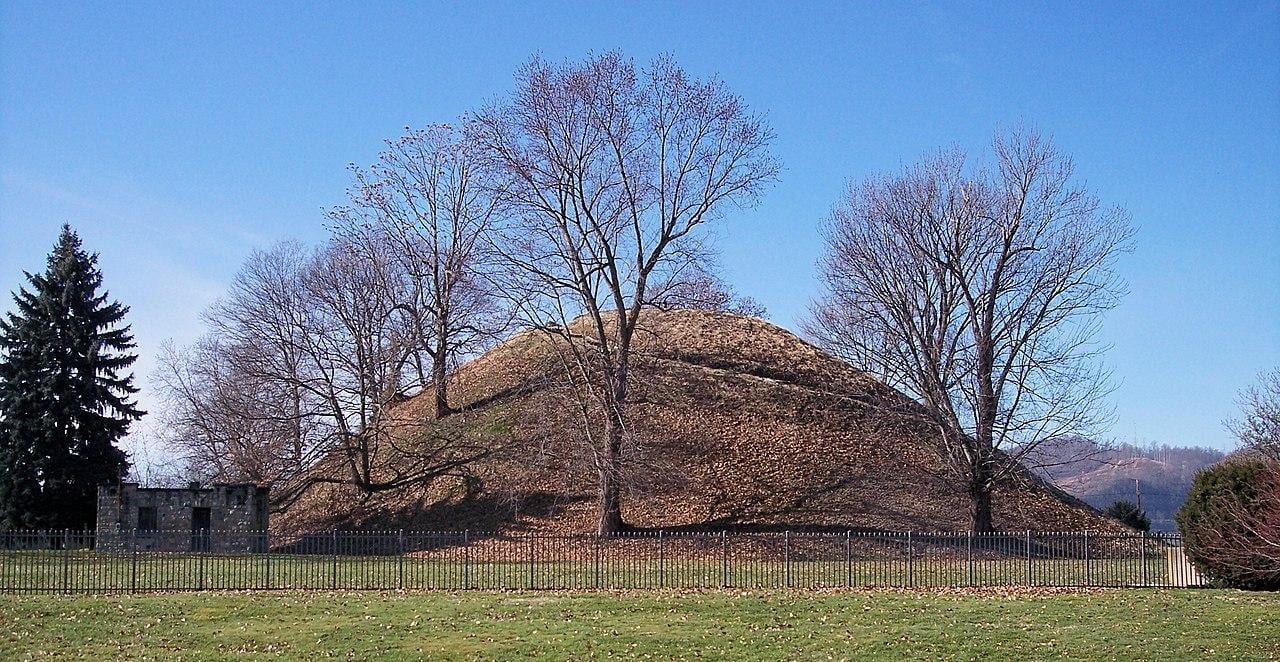
Source: Wikimedia
Many of the so-called settlements had extensive mounds, some of which were close to 500 feet high.
Upano Culture Resembles the Maya of Central America
Researchers are now confident that a unique civilization once lived in this part of the Amazon and must have been large in numbers, as apparent by the number of structures in the religion.
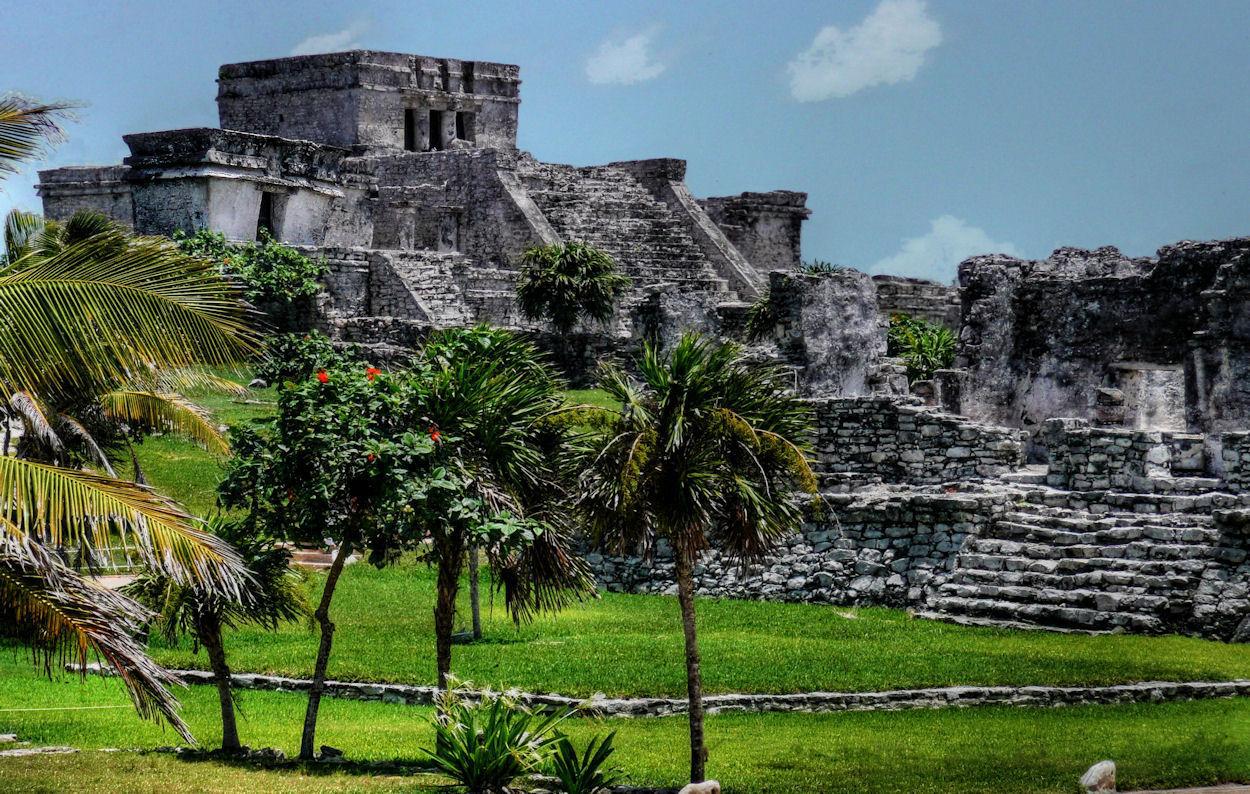
Source: Wikimedia
Based on the elaborate nature of the settlements and their complexity and size, some of the archaeologists have compared their region with other cultures, suggesting that the site “resemble[d] similar Maya urban systems in Central America.”
The Amazon’s Twofold Heritage
According to the study’s authors, “Such a discovery is another vivid example of the underestimation of Amazonia’s twofold heritage: environmental but also cultural, and therefore Indigenous.”
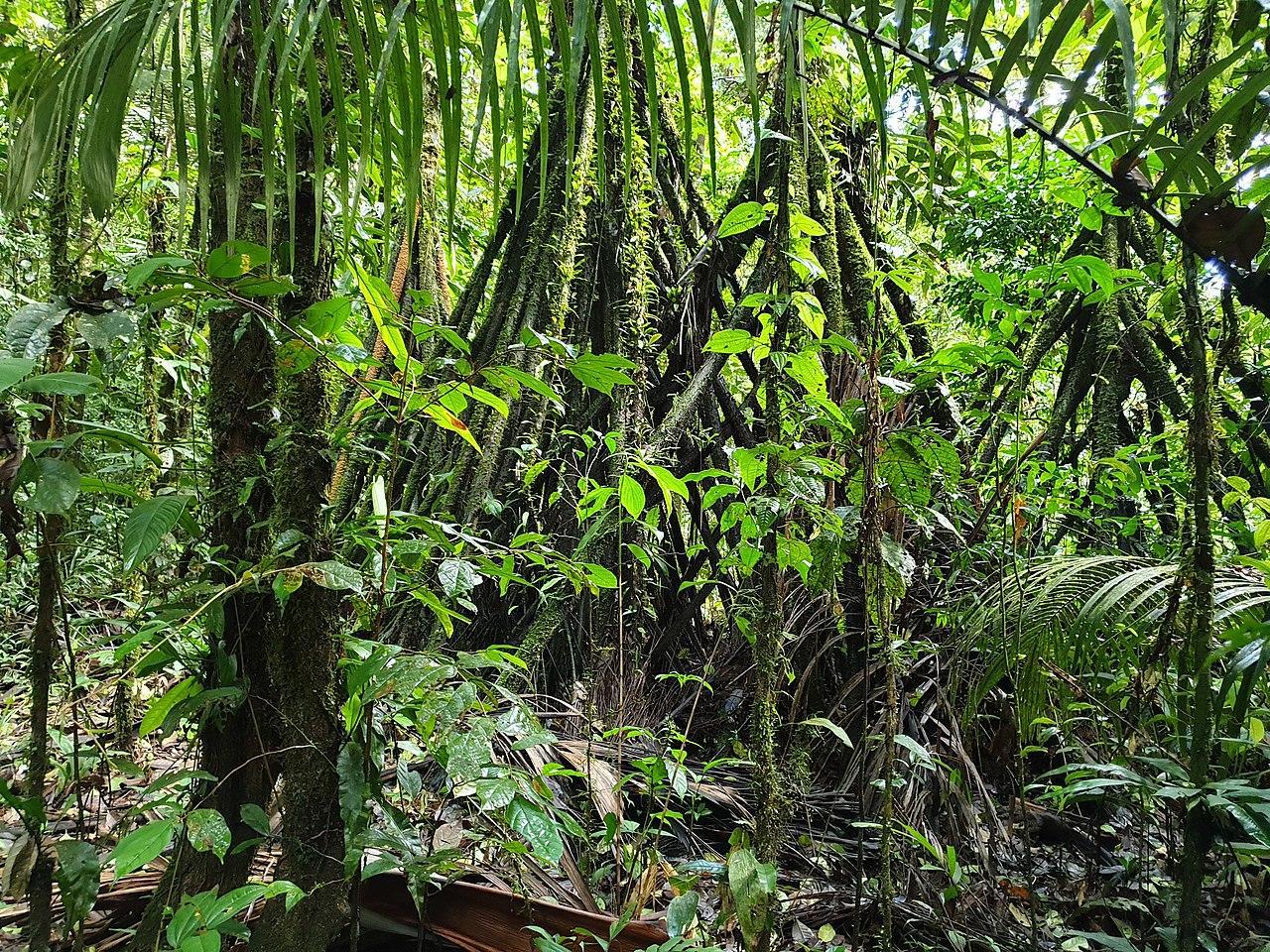
Source: Wikimedia
They continued, “We believe that it is crucial to thoroughly revise our preconceptions of the Amazonian world and, in doing so, to reinterpret contexts and concepts in the necessary light of an inclusive and participatory science.”
The Upano Site Has Changed the Narrative
The presence of extensive settlements throughout the Amazon has begun to shift the narrative about what the cultures of this region were once capable of.

Source: Wikimedia
“It changes the way we see Amazonian cultures. Most people picture small groups, probably naked, living in huts and clearing land – this shows ancient people lived in complicated urban societies,” explains co-author Antoine Dorison.
